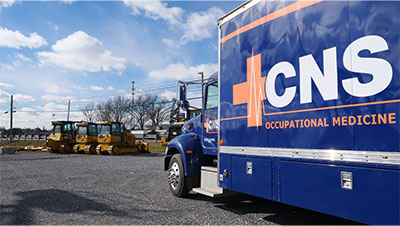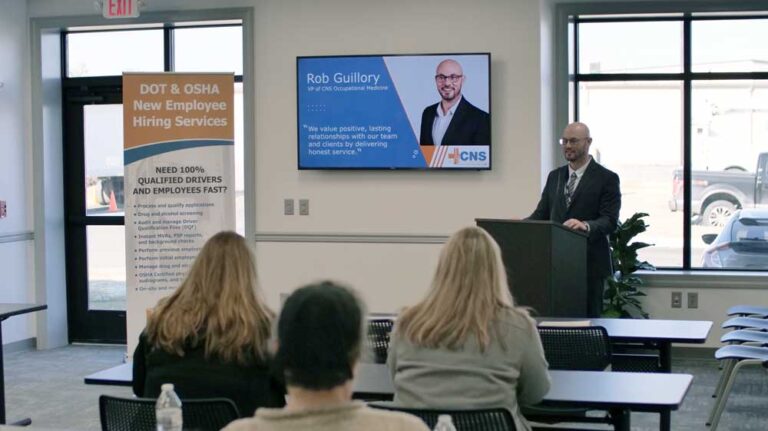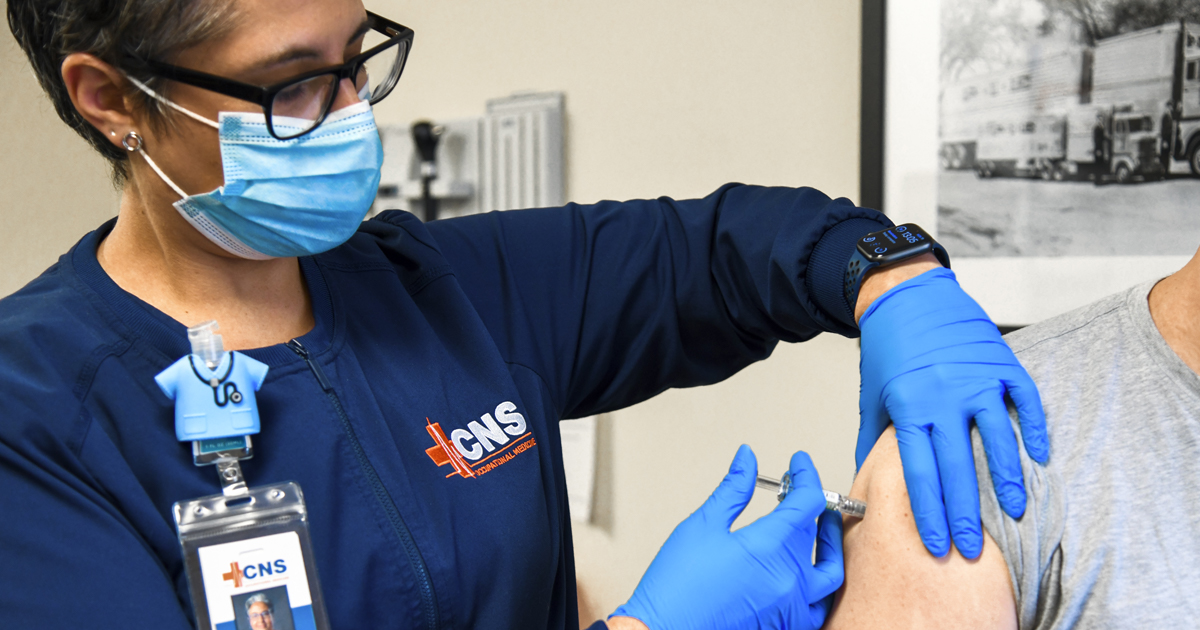After over a year of the pandemic, it finally seems we are reaching COVID-19 herd immunity as some states, like Maine, have achieved more than 62% of adults aged 18 and older being fully vaccinated.
According to vaccine health experts, we would need at least 70% to 85% of the total population to be fully vaccinated to keep the rate of infection down without the fear of future restrictions we have grown weary of.
But this level depends on many factors, including the infectiousness of the virus and its variants, how people interact with each other, and unraveling the statistics being tossed around.
What is herd immunity?
Herd immunity is when most of a population is immune to an infectious disease, stopping the spread of a disease to those who are not immune.
Having as many people as possible immune to the disease would be ideal as new variants of the disease appear, especially in areas where less people are fully vaccinated, which increases the chance of new infection.
Additionally, as more people are vaccinated the spread of a disease slows to a more manageable level in our healthcare system.
Some common diseases that are now rare due to successful herd immunity are measles, mumps, polio, and chickenpox, though we still sometimes see outbreaks appear in those not vaccinated.
The higher the level of immunity, the larger the benefit.
What herd immunity may look like for SARS-CoV-2
For what we know about COVID-19 and its variants, we would need at least 70% of the population to be immune to keep the rate of infection down without restrictions on activities.
In light of the new CDC guidelines allowing fully vaccinated people to ease masking restrictions, unvaccinated people are likely to stop masking as well. This means a higher level of herd immunity will likely be needed.
Here is where the public tosses around statistics to defend optimism or pessimism on the end of the pandemic.
Today, the optimists state that over 25 states have at least half of their adults fully vaccinated. On top of that, across the U.S., roughly 61.5% of American adults have received at least one COVID-19 vaccine dose.
This sounds like we are extremely close to the 70% minimum needed to reach herd immunity. However, the U.S. needs 70% or more of the total population including children, not just the adults.
The pessimist worried about never reaching herd immunity would state that, according to the CDC, 39.3% of the total population is fully vaccinated with 49.4% receiving at least one dose. This is far from the 70% statistic needed.
Furthermore, the 49.4% who will likely be fully vaccinated within a month after a potential second dose, were the easiest and quickest percentage of the population wanting to be vaccinated. The next 20-30% will be harder to convince and large pockets across the U.S. will face potential outbreaks due to lower COVID immunity.
In the end, with the virus still circulating, we will not be able to reset before the virus swept the world pre-2020. The future of COVID-19 in the U.S. ultimately will be up to the willingness of Americans to embrace the vaccines and since the disease spreads quickly and silently, it will not start to fade away until most of the people are immunized.
Are you worried about the health of your employees due to the COVID-19 pandemic?
CNS Occupational Medicine offers services to contribute to your company’s Return to Work Plan, including pre-shift screenings, which test employees as they come into work before starting their shifts. Risking the health or your employees and your business is not worth it.
- Pre-hire screenings
- Pre-employment DOT Physicals and HAZWOPER Physicals
- Audiometric testing
- Respiratory/Spirometry Physicals
- Drug and alcohol testing programs
- OSHA compliant services
- Flu Vaccinations
- Antibody Testing
- COVID-19 PCR Tests (99.9% accuracy, 24-48 hour turnaround)
- Rapid Antigen Testing
- COVID-19 Vaccine
- and more
Start your customized health plan to meet your business needs and keep your employees healthy and safe.
For more information, contact us at 800.551.9816 or info@cnsoccmed.com.










